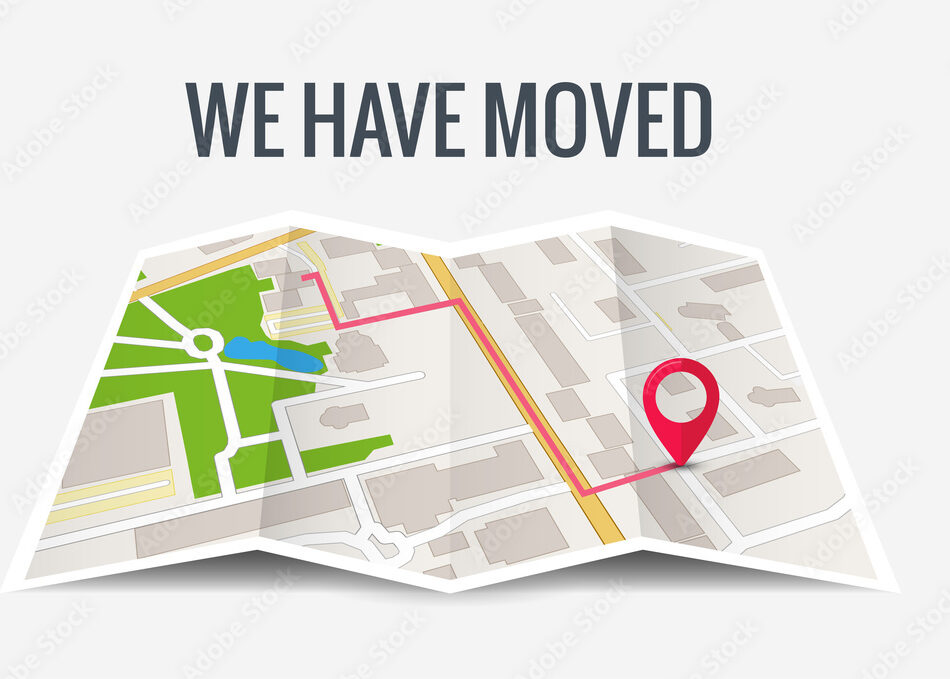
While children are growing, it is important to detect any forms of malocclusion (development of an improper bite) at a young age. If these changes are detected early enough, we can use the growth of the child’s skull and jaws to correct issues so we can possibly avoid any need for surgical intervention.
Premature loss of baby teeth can lead also to imbalances that will affect how the permanent teeth come in. One job of primary teeth is to hold space for the subsequent adult teeth. Early removal of baby teeth can lead to drifting which can sometimes block the eruption path of permanent teeth. This can lead to development of crowding or impacted teeth.
Why?
The upper and lower jaw can grow at different rates. These differential rates of growth can create abnormalities not only in a child’s bite, but also, their appearance.
For instance, if the patient’s upper jaw grows faster than their lower jaw, they can end up with what commonly referred to as overbite or excessive overjet. Contrarily, if the patient’s lower jaw is growing faster than the upper jaw, the patient can end up with an underbite or anterior crossbite.
There are also Transverse problems that can occur due to an imbalance in the patient’s bite. For instance, a posterior crossbite occurs when the upper teeth and lower teeth do not lineup in a proper bite.
Benefits
Early detection of malocclusion can be fixed while the patient is growing. We can use the child’s growth of their bones to even up the jaws or restrict them from growing too fast. Often these interventions make it easier to put on braces when they are older and often lead to elimination of surgery to correct such issues.
When it comes to premature loss of baby teeth, the use of space maintainers and other devices can help maintain spaces for the child’s new teeth to erupt. This will make it less likely they will develop a malocclusion or severe crowding.


